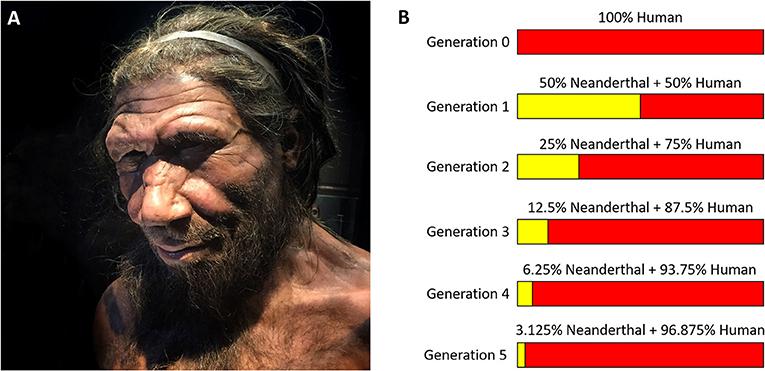Dust-laden secrets of an ancient civilization have whispered their genetic tales, breaking through millennia of archaeological silence. In a groundbreaking scientific revelation, researchers have unraveled the complex genetic tapestry of an Egyptian mummy, challenging long-held assumptions about human migration and ancestral connections. This first complete genome from ancient Egypt offers a window into a world where history and genetics intertwine, revealing unexpected narratives that reshape our understanding of human mobility and cultural exchange in the cradle of civilization. In a groundbreaking scientific discovery, researchers have unraveled the genetic tapestry of an ancient Egyptian individual, shedding light on complex population dynamics that challenge previous historical narratives. The genome sequencing represents a pivotal moment in archaeological genetics, offering unprecedented insights into migration patterns and cultural interactions during a pivotal period of human history.
The DNA analysis reveals a genetic profile that defies conventional understanding, suggesting a more nuanced picture of ancestral connections than previously imagined. Scientists found unexpected genetic markers indicating a diverse lineage that blends multiple regional influences, challenging long-held assumptions about population homogeneity in ancient Egyptian societies.
Molecular genetic techniques allowed researchers to extract and analyze genetic material from well-preserved human remains, providing a molecular window into the complex genetic landscape of the region. The genomic data suggests significant genetic mixing that occurred through trade,migration,and cultural exchanges,painting a more dynamic portrait of ancient populations.
Genetic markers indicate surprising connections with populations from the Near East and Mediterranean regions, demonstrating that ancient Egyptian societies were far more interconnected than traditional archaeological interpretations suggested. The genome reveals intricate genetic threads woven from diverse population groups, challenging simplistic narratives of genetic isolation.
Advanced computational methods and elegant DNA sequencing technologies enabled scientists to reconstruct detailed genetic histories with remarkable precision. The research team meticulously analyzed fragmentary genetic material, piecing together a complex genetic puzzle that speaks to the rich human interactions of the time.
Remarkably, the genetic data suggests multiple waves of migration and cultural exchange that substantially influenced the genetic makeup of ancient Egyptian populations. These findings challenge traditional archaeological perspectives, indicating a more fluid and dynamic genetic landscape than previously understood.
The breakthrough underscores the importance of interdisciplinary research, combining genetic science, archaeology, and anthropology to develop more nuanced understandings of human history. By examining genetic material, researchers can now trace population movements and cultural interactions with unprecedented detail.This groundbreaking research opens new avenues for understanding human migration patterns, cultural exchanges, and genetic diversity in ancient civilizations. It demonstrates that genetic history is far more complex and interconnected than linear historical narratives have traditionally suggested.
The scientific community views this genome sequencing as a significant milestone in understanding human genetic diversity and migration patterns. It provides a molecular perspective on historical processes, offering insights that traditional archaeological methods could not uncover.
As genetic research continues to advance, such discoveries promise to revolutionize our understanding of human history, revealing the intricate genetic tapestry that connects diverse populations across time and space.




